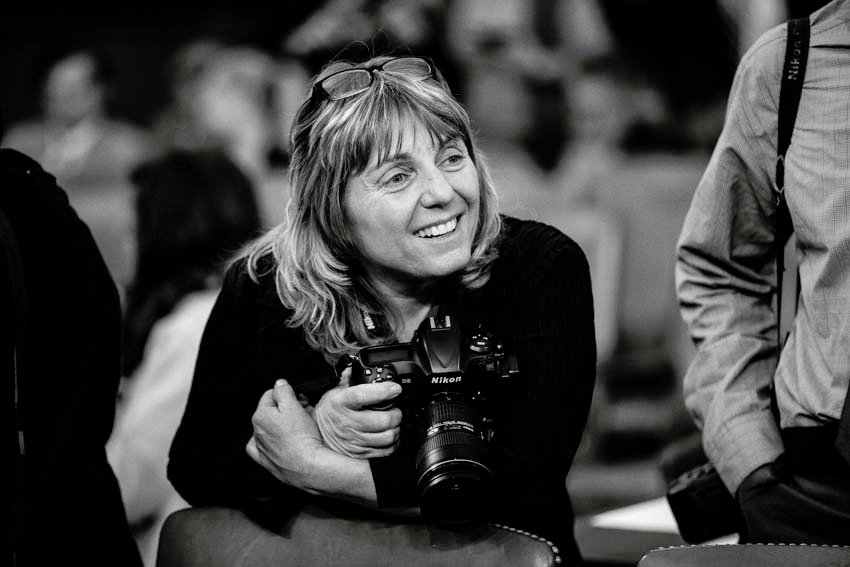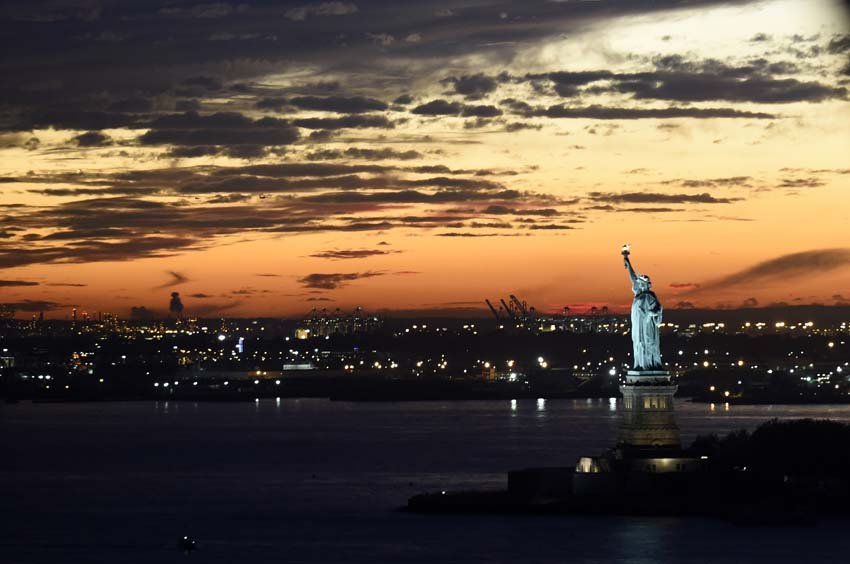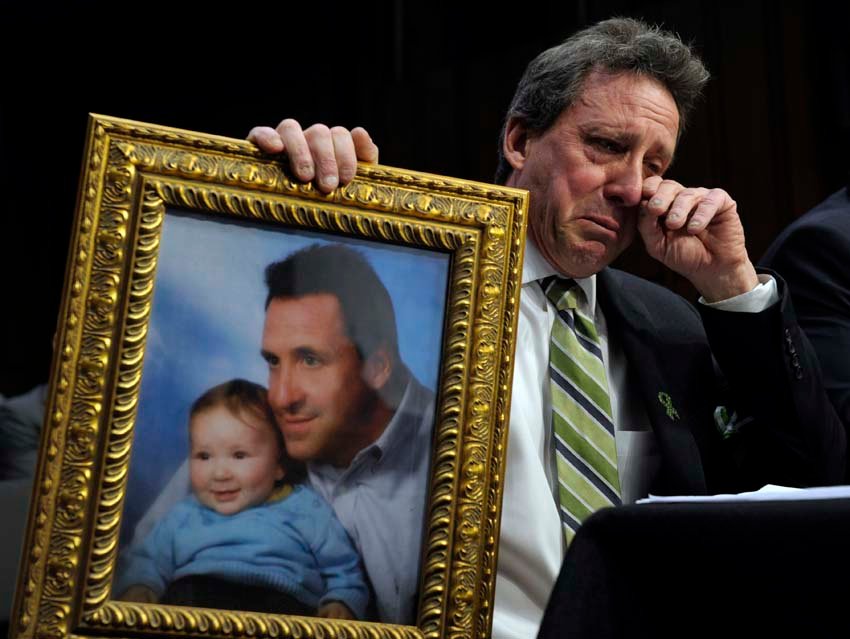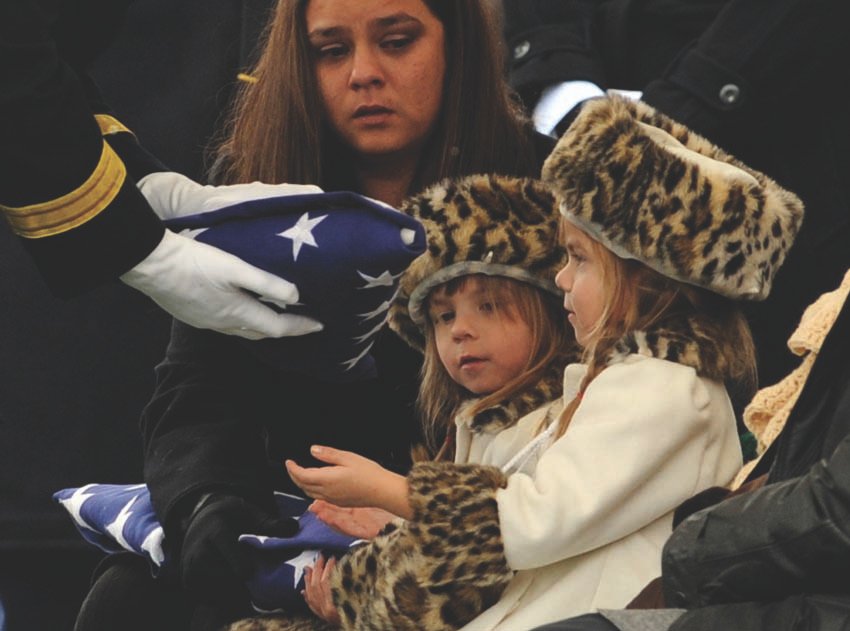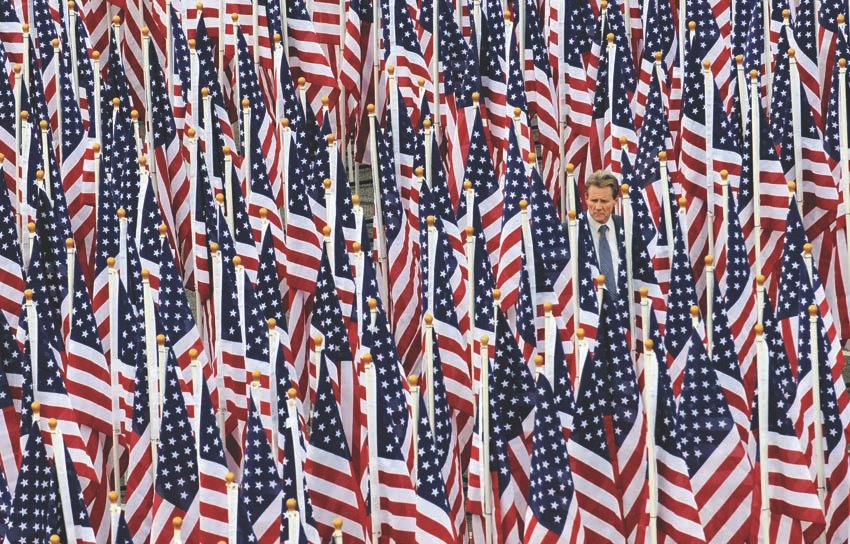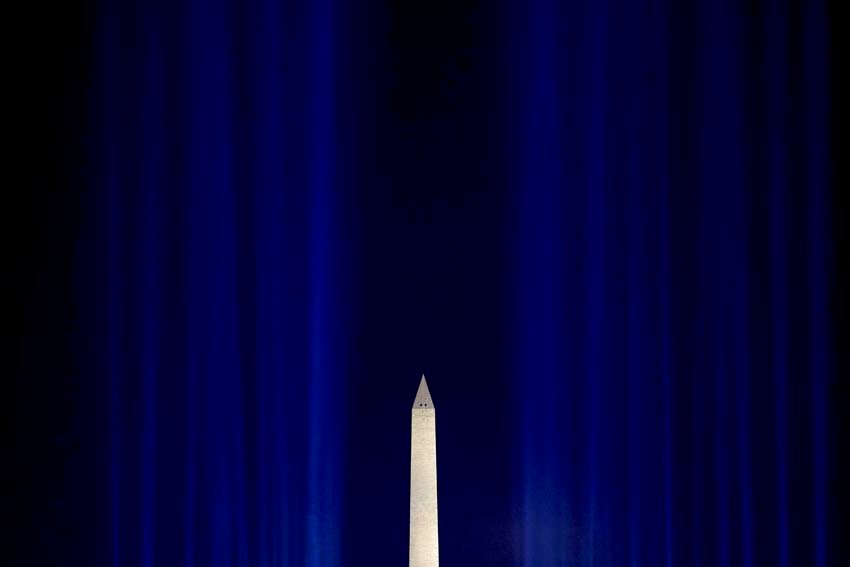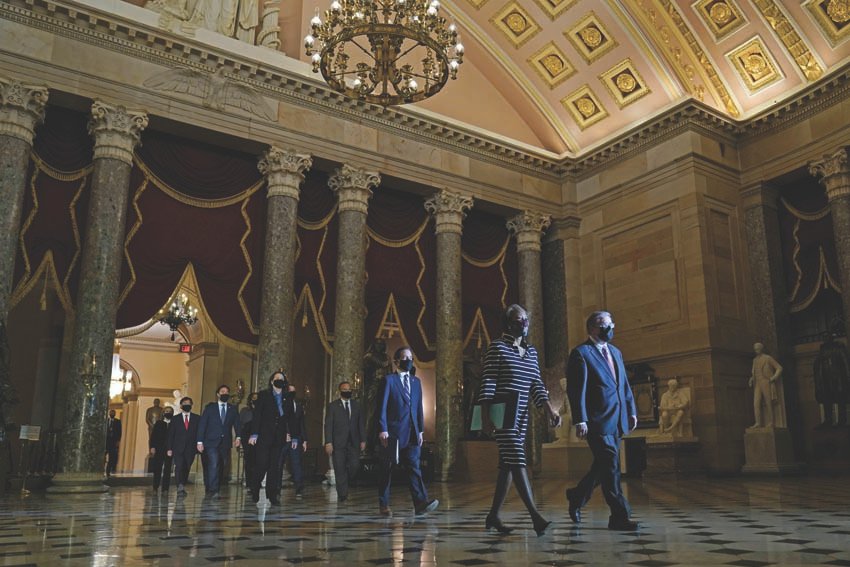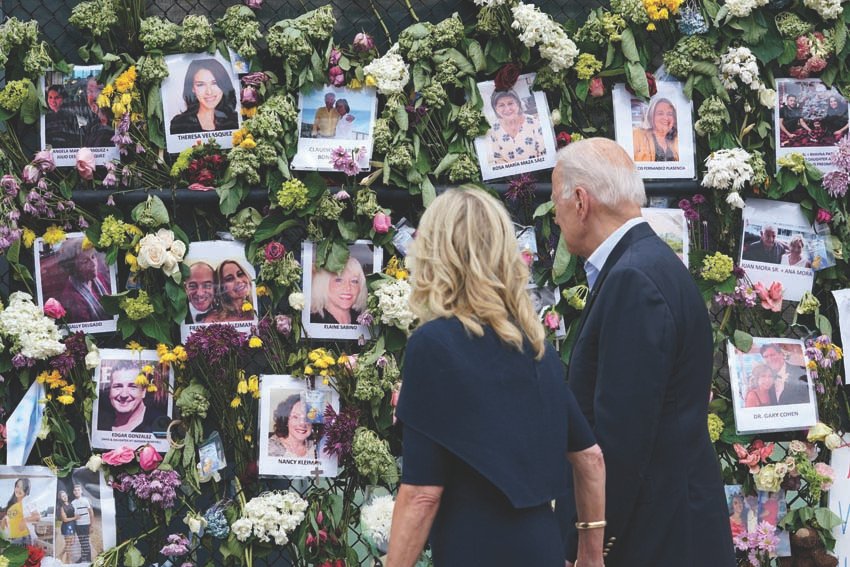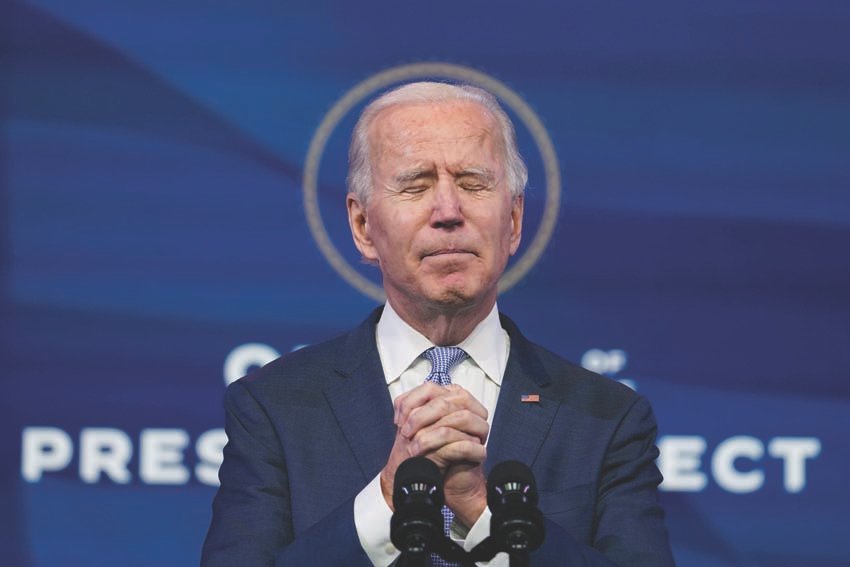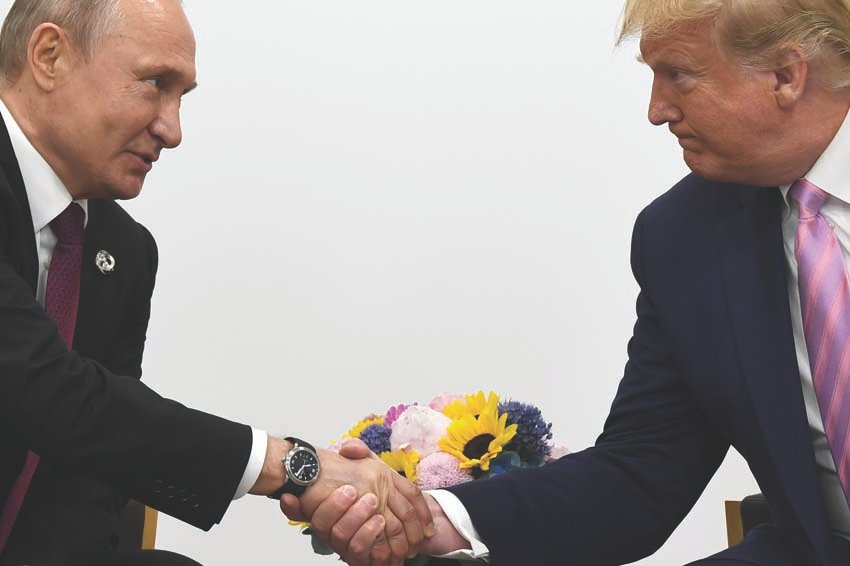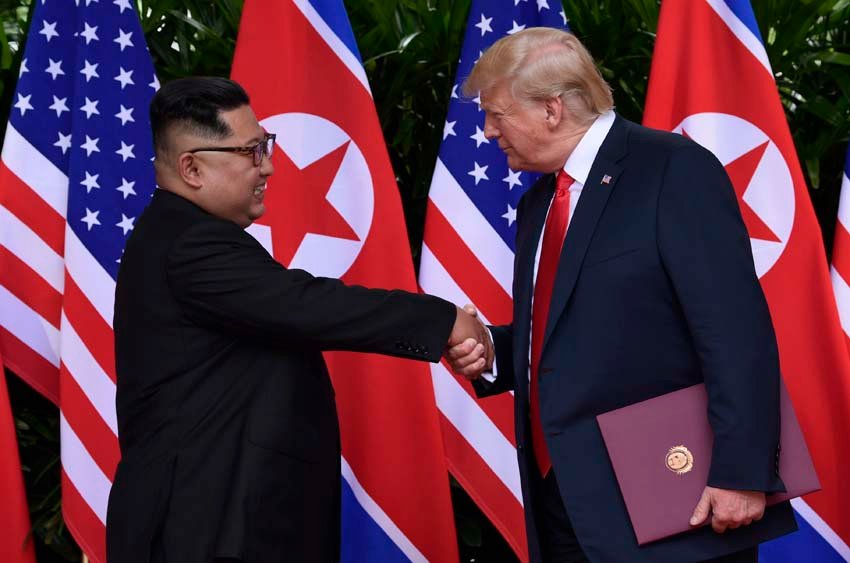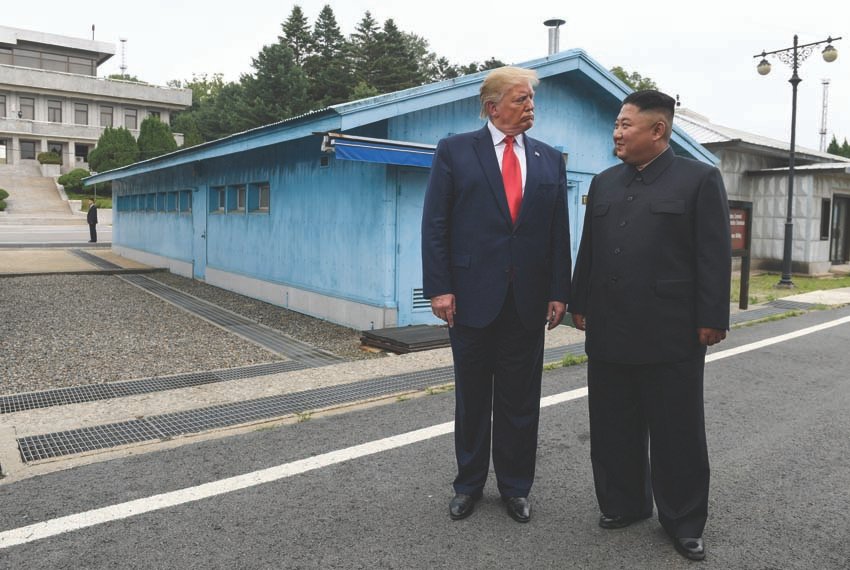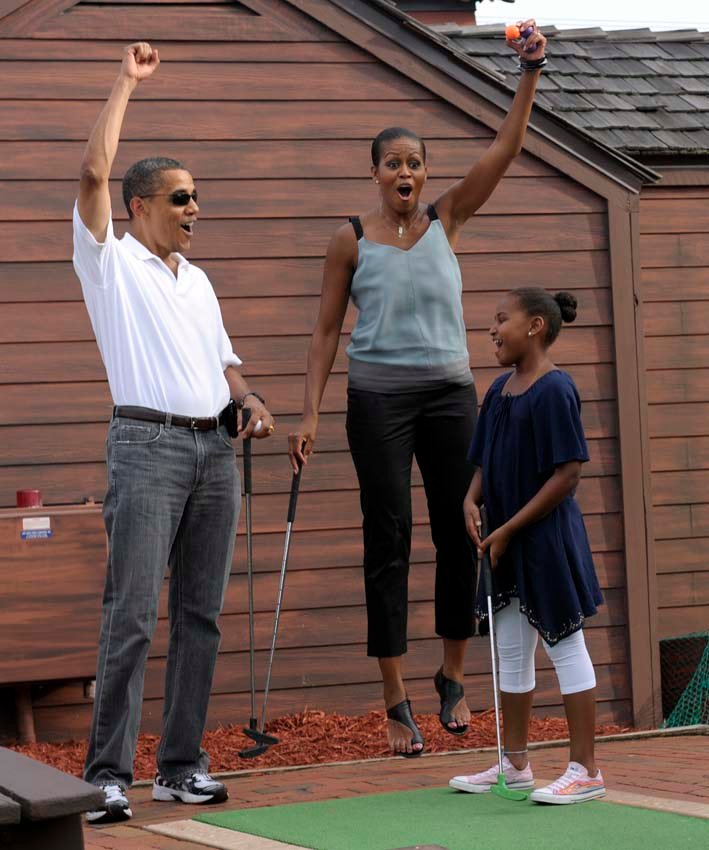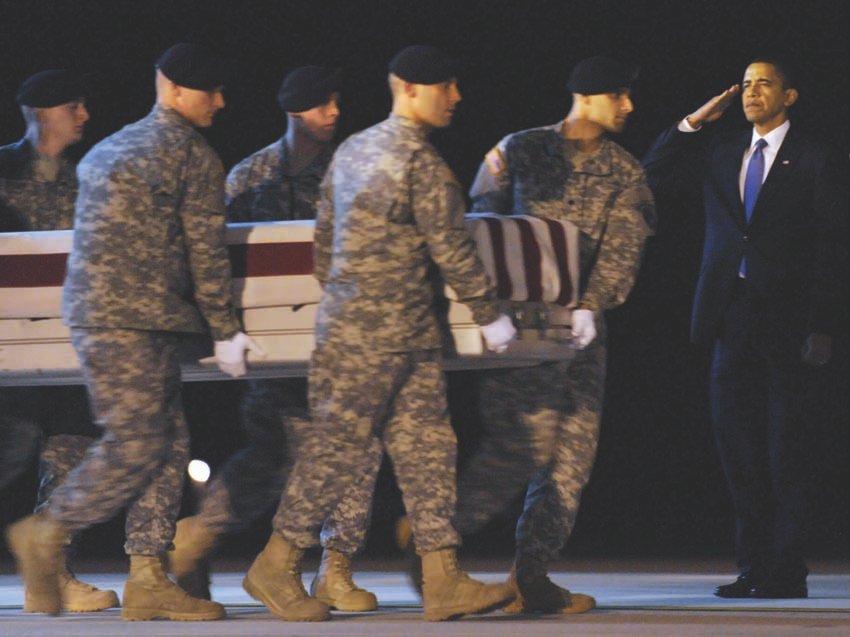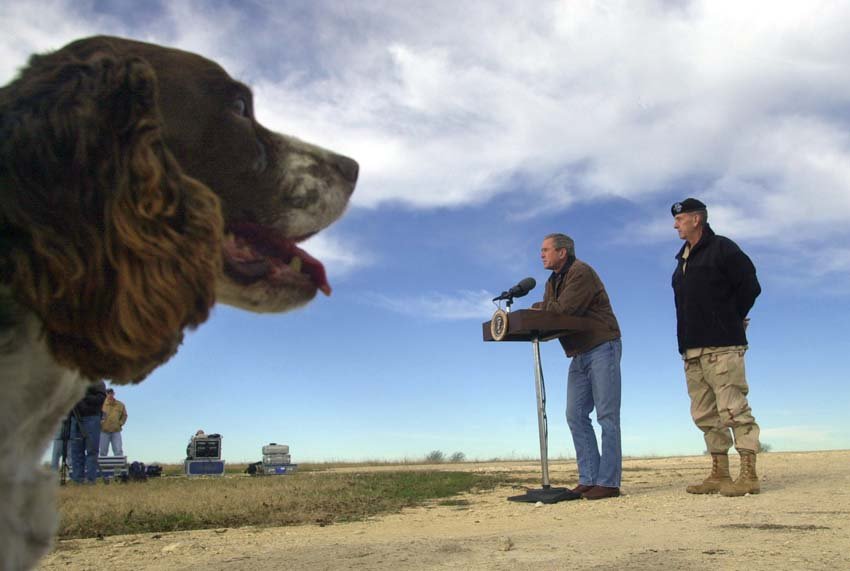+ By Desiree Smith-Daughety + Photos by Susan Walsh
Destiny often hinges on one seemingly insignificant decision. For Pulitzer Prize-winning photojournalist Susan Walsh, that decision was signing up for a photography class while attending college to become an aerospace engineer.
Before recalibrating her career intention, Walsh grew up in Las Vegas—hating the heat—and later attended high school in Steamboat Springs, Colorado. Strong in math and science, she selected Boston University, a large school that overwhelmed her, and her grades reflected it. “I was terrified, with no idea who to get help from,” she says. When she took the photography class and got an A, she thought, “Oh, this will boost the GPA.” After another photography class, she called her parents to tell them that she was going to be a photographer, not an aerospace engineer.

Building on opportunities, Walsh first interned with the Patriot Ledger in Quincy, Massachusetts, before getting a staff job at the Springfield Union News in New Hampshire. She freelanced for the Associated Press (AP) in its Boston office before joining full time in 1991. “At age 24, it was a pretty big deal. I was one of the younger staffers,” she says. Assignments took her to sporting events, including marathons and Red Sox and New England Patriots games.
In 1997, the AP sent her to Washington, DC, to cover the inauguration and photograph then-president Bill Clinton. A staff position was available there, so she transferred. “Since then, I’ve been covering a whole lot of politics—just a different kind of sport!” she says.
A good friend told her she should look at Annapolis to settle down. While on an Annapolis pub crawl to get a feel for the place, a bartender offered this pearl of wisdom: You can either live where you work or live where you want to spend the weekends. Finding the idea appealing, Walsh moved to Annapolis. She found it to be fun, with a town-like feel—unlike more county-centric areas—and she could physically disconnect from her job.
She works with eight other photojournalists at the AP’s Washington bureau. They split their time covering all “official” Washington, including Capitol Hill, the White House, Pentagon, and State Department, and federal agencies. They’re also part of the travel pool, with one AP photo spot out of 13 journalists who globetrot with the president on Air Force One.
Walsh’s career is ablaze with highlights that most people wouldn’t have the opportunity to experience. “We come up with strange metrics to quantify our careers,” says Walsh. She’s photographed every US president since Ronald Reagan (and former president Jimmy Carter, post-presidency) and covered three out of the four presidential impeachments. As part of the White House press pool, she covered all trips between former president Donald Trump and North Korea’s leader Kim Jong Un. At their meeting in Singapore, she was, at one point, a mere 12 feet from them and photographed their parting handshake. At the Korean demilitarized zone, she was seven feet away after Trump walked with Kim into North Korea. “That was the really crazy scene with the United States, North Korea, and South Korea moving us and blocking us.” She recalls how her heart was pounding—hoping not to mess up the assignment and seeing Kim, whom few get to see. “I think when it was all done, it was a release of energy because it was so stressful, so chaotic, you couldn’t really absorb was what going on at the moment,” she says.
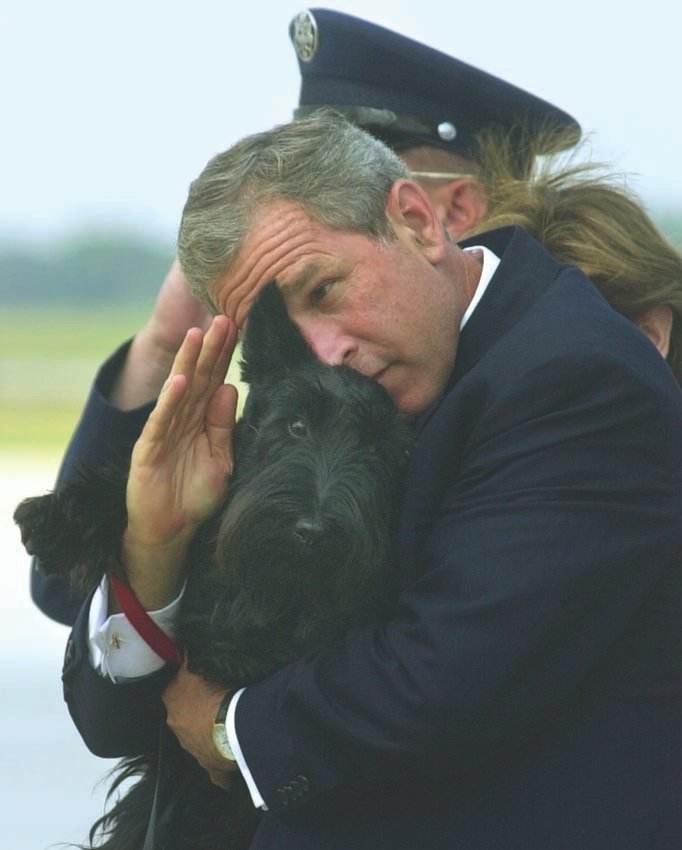
From 2001 to 2006, Walsh served as president of the White House News Photographers Association. She has won several awards including its annual contest. As part of a team package submitted by the AP, which doesn’t always tell photographers that their work was included, she won the 1999 Pulitzer Prize for Feature Photography. The submission photos included people and events related to former president Bill Clinton’s impeachment. Walsh notes that photojournalists always pay attention on the day that winners are announced, but being off of work that day, she didn’t know until her colleague called and told her that they’d just won a Pulitzer. “I was in total disbelief. I collapsed into a chair. He said, ‘When you die, you’ll be known as a Pulitzer Prize-winning photographer.’ It was very surreal,” she says. The newest photographer among three seasoned photographers, Walsh received the least ideal photo-taking spot for what was due to be a historic day and worried that she wouldn’t get any good pictures. As the scene unfolded, she found herself ideally situated and got a tight shot of Hillary and Bill Clinton in the frame.
Click.
“I knew it was a good shot when I made it,” she says. “I had a bunch of front pages the next day.” She counts it as a teachable moment to make the best work you can from the position you’re in.
Photojournalism has transformed her from a self-described “terribly shy” person in college to one who is much more extroverted. “You have to go up and meet people. I’m very curious about the world around me. It’s a bit of a cliché —I have a front row seat,” she says. “I’ve had a chance to see things firsthand, traveling overseas and having a chance to be in buildings and places that the average person never gets to step in[to]. I say I’m a paid busybody.”
“Things happen in a life,” Walsh says of her journey thus far. “Some things you can control, some not. I’d rather be lucky than good. I feel fortunate I’ve had some good luck on the way as well.” █
